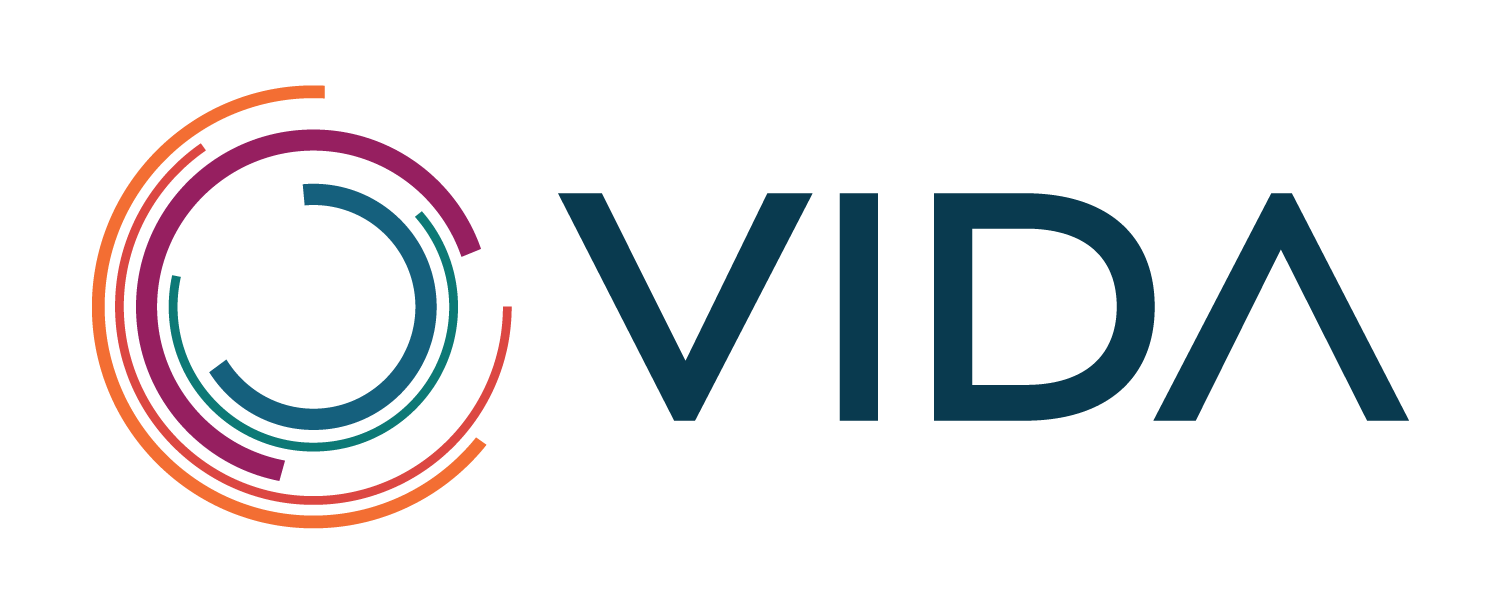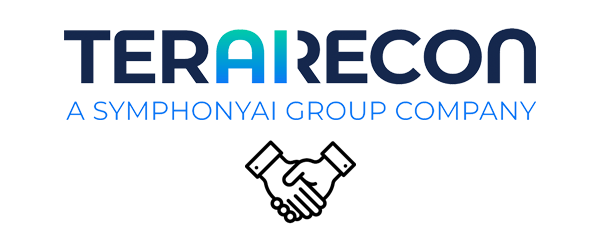ESTI 2019: What We Learned
Authors: Marcel Nienhuis, Sam Peterson
During a rain filled week in Paris this May, The European Society of Thoracic Imaging ("ESTI" for short) and the Fleischner Society held their joint annual meeting. VIDA was pleased to be an exhibitor at the event as it gave us an opportunity for discussions with many of the world's leading thoracic radiologists and researchers. We also absorbed a great deal from the lectures. Outside the conference halls, we were equally productive, attempting to eat our body weight in crepes. Here are some highlights we took away from Paris:
1. AI is Better Understood
AI--specifically machine learning--was one of the leading topics at ESTI. Dr. Eliot Siegel gave an entertaining and informative keynote on the topic. One of his remarks that stuck with us is the distinction between two questions:
A. "What's in this picture?"
B. "What's wrong with this picture?"
Machine learning applications are excellent at question A (what's in a picture), but not equipped to answer question B (what's wrong with a picture). In the example below (borrowed from Dr. Siegel's lecture), we see a duck watching TV on the roof. A human can apply judgement and experience to identify that situation as "wrong" or "odd," while an AI application might merely tell us that a TV exists in this image.
One can see how this analogy applies to medical image interpretation. AI can assist by flagging areas of interest and identifying features, but a radiologist is necessary to apply judgement and assess the context.
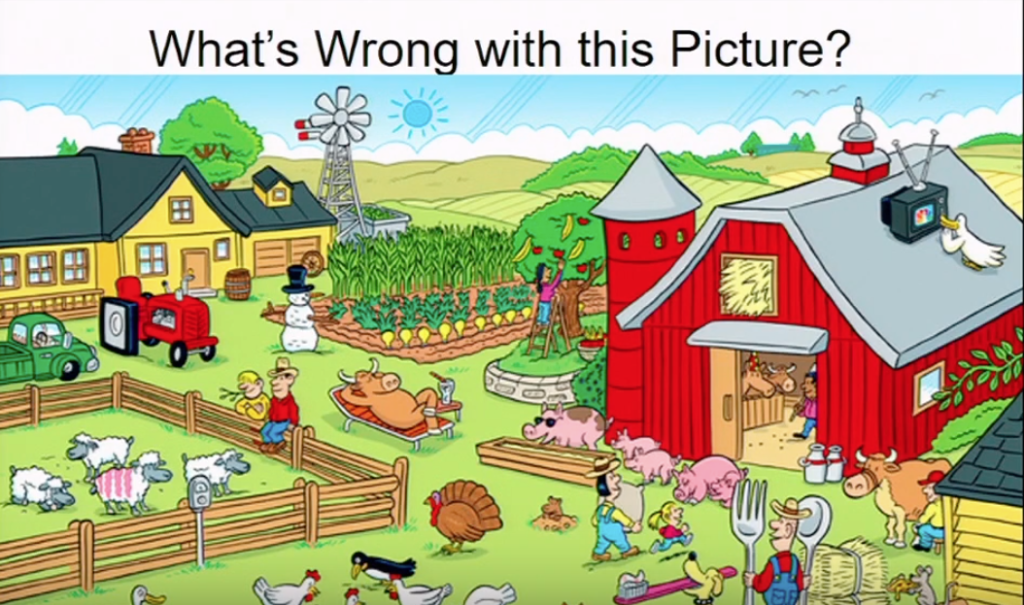
2. Interstitial Lung Disease (ILD) is an Area of High Interest
ILD was a hot topic with several dedicated lecture blocks. Since ILD is often diagnosed late and/or incorrectly, providers are hungry to catch it earlier. Of particular interest is the identification of UIP vs. NSIP, a key aspect in the diagnosis of IPF. The subjectivity often associated with this distinction makes it an area where machine learning can have a significant impact.
3. Lung Cancer Screening Faces Many Non-Technical Challenges
The were quite a few talks on lung cancer screening, covering programs and trials all over the world. The most striking takeaways for us were the following challenges, none of which are technical issues:
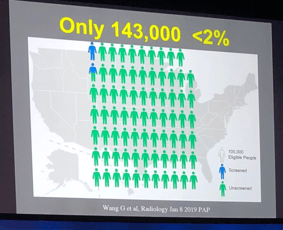
- Only a fraction of the eligible population is utilizing lung cancer screening (Wang et al)
- Doctors rarely talk to their at-risk patients about screening (less than 5%).
- Psychological distress for patients with nodules is a real issue, and not often discussed as an effect of lung cancer screening.
4. CT Protocols Really Matter for both Quantitative CT and Machine Learning Algorithms
We were delighted to see several speakers discuss the importance of CT scan quality in the context of quantitative CT (QCT) and machine learning. For example:
- Dr. Siegel discussed the "fragility" of some AI algorithms and their lack of tolerance for noise.
- There was a nice presentation by C. Lee (Seoul/KR) on the effects of supine vs. prone positioning on QCT values, likely due to inspiratory effects.
- Another presentation by M. Khalil (Gothenburg/SE) showed the effect of smooth vs. sharp kernels on the sensitivity and specificity of density-based emphysema quantification.
VIDA has always been passionate about the subject of standardized CT protocols for QCT. We will share many more thoughts in a future post.
5. ESTI is Full of Surprises
On the final day of ESTI, the audience was treated to a surprise cheerleading performance by some local medical students. It was certainly a sharp contrast to the scientific presentations that preceded. Here's a taste:
Wow! Not the typical scientific presentation we’ve been seeing all week at #ESTI2019. Nice of the local med students to surprise the audience with this cheer. Now onto film review by an esteemed panel. pic.twitter.com/KBmmEzl49e
— VIDA (@vidalung) May 11, 2019
6. Crepes with Lemon are the Way to Go
We ate a lot of crepes during our time in Paris. Since we are a quantitative company, here are a few stats:
- 11 days in Paris (collectively)
- 14 crepes consumed (mean: 1.27 crepes per day, per person)
- 5 crepes eaten (collectively) on peak crepe day. What a day that was!
- 2,500 calories in crepes
- 1-2% of collective body weight eaten in crepes
Most importantly, 2 out of 2 VIDA employees agree that lemon + sugar + butter is the best possible crepe filling.
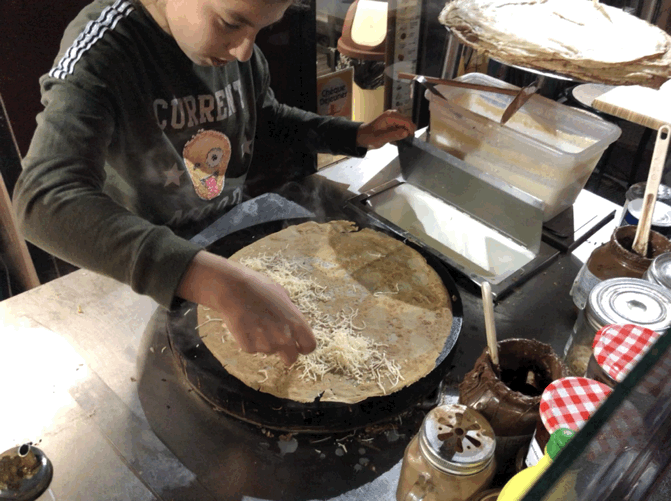
In conclusion, ESTI 2019 was an excellent event. We'll be back in 2020, this time in Oxford.
-end-
